The Automotive Dream “One man and his dream had not simply left the world with an engine and four wheels; Henry Ford and his Model T had influenced people's everyday lives - where they lived, how they spent their leisure time, even how they viewed themselves.” - Gary...
Horseless Carriage
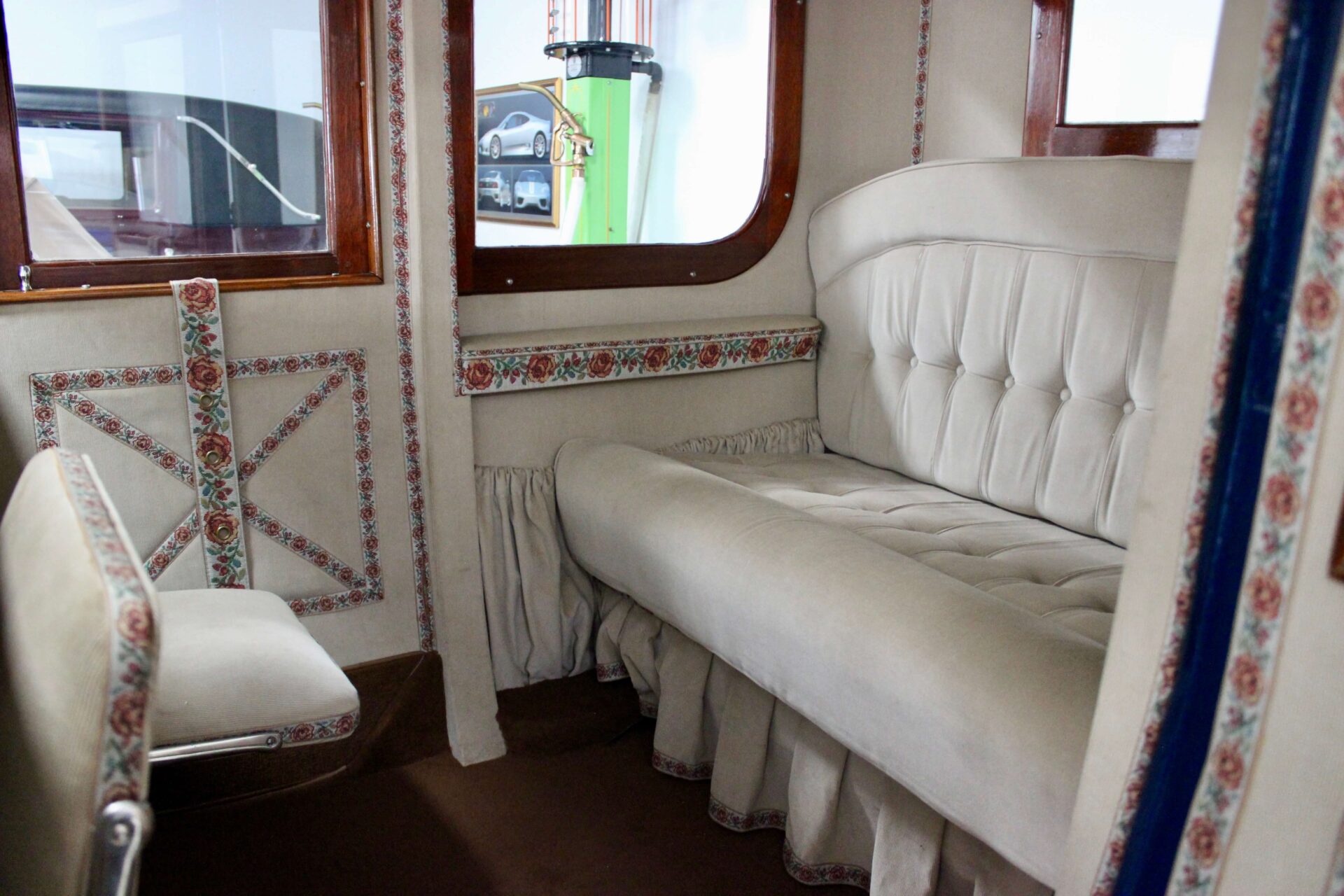
Recent posts
Lagonda 16/80 Special Six 1933
English Touring The car we present to you this week is the Lagonda 16/80 Special Six in the Demers Car Collection. Lagonda was a luxury British car brand that Aston Martin eventually absorbed. Through its association with Aston Martin, it is sometimes hard to remember...
An Introduction to Lagonda
Before Aston Martin “The history of Lagonda cars is synonymous with sophistication, opulence, and groundbreaking performance” - An article for Discovery UK Today, we may recognize the name Lagonda from its association with Aston Martin. Before these two brands...
Cadillac Model A 1903
The Standard of the World “No other American car on the market in the first decade of the century was constructed to higher standards than Cadillac.” - Stephen W. Sears in The Automobile in America Some of you may know that Cadillac has long had the slogan “Standard...
Cars Before 1916
“The horse is the poorest motor ever made. He consumes ten pounds of fuel for every hour he works, and yet his thermal efficiency is only two per cent.” – Thomas Edison as reported in A Pictorial History of the Automobile by Philip Van Doren Stern.
When researching car history, the expression “horseless carriage” comes up pretty fast. This blog post provides a definition of this expression, its broader meaning in car history and an explanation of how we transitioned from horses to motor cars.
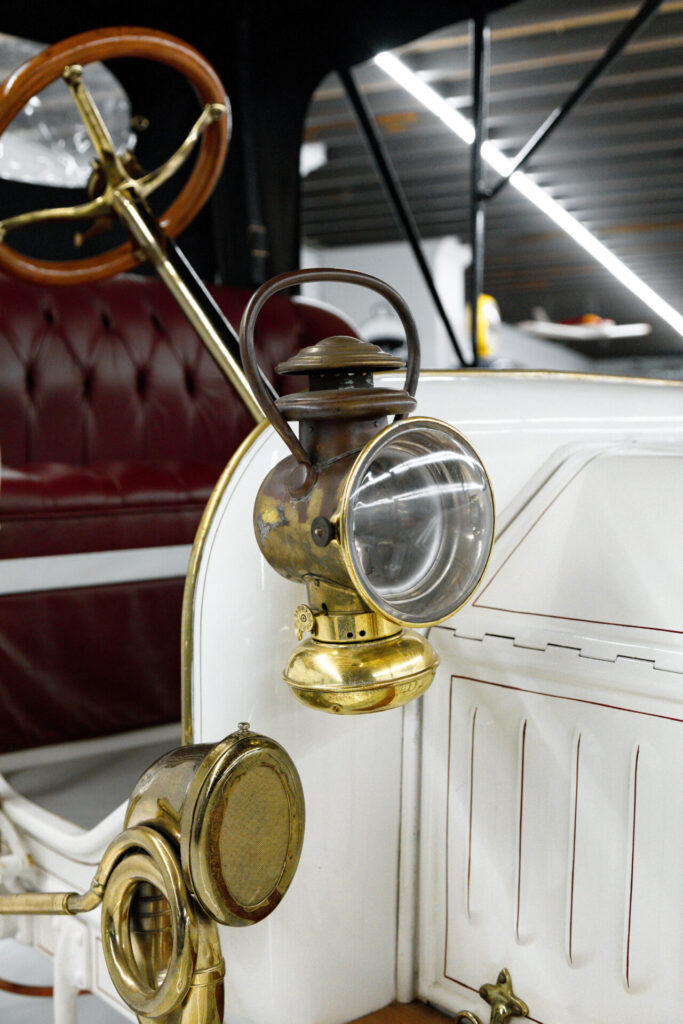
Photo credit – Good Vision Prod
The Dictionary Definition
All automobiles, by the sheer absence of horses, are “horseless carriages.” More precisely, the Horseless Carriage Club of America defines “horseless carriage” as “any pioneer gas, steam and electric motor vehicle built or manufactured prior to January 1, 1916.” The description of such machines as horseless also reflected the spirit of the time: They developed when humans traveled by horses. It also refers to their similar appearance to horse carriages that are missing just one four-legged powersource. And after all, the word “automobile” wasn’t invented yet.
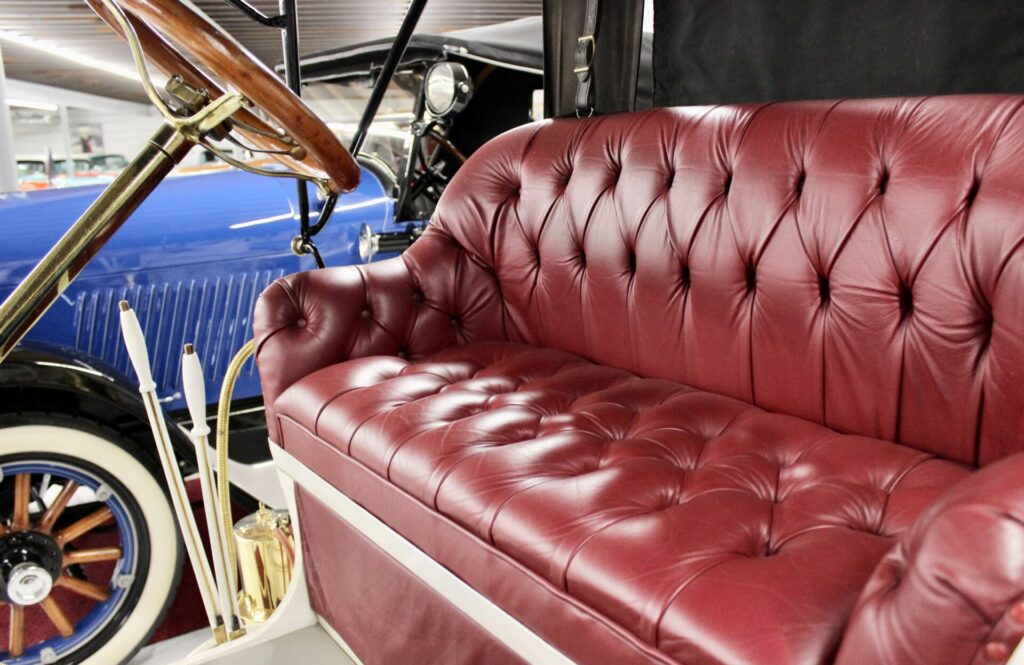
“Get a Horse!”
The adoption of the automobile did not go smoothly, nor was it a linear progression. At a time when the steam machine had already revolutionized the world, steam seemed like an obvious source of power for cars. It is believed that Nicolas Joseph Cugnot chauffeured the first self-propelled vehicle in 1769, France. Cugnot crashed his steam powered carriage and destroyed a wall. It soon became evident that steam machines were too big and heavy to be practical as street cars.
Prompted by the development of the internal combustion engine in the mid-1800s, many different inventors and mechanics around the world labored to create a mode of transportation that could be self-propelled. Around the same time, some were trying to make bicycles go without human sweat. For a time, electricity seemed to be the most viable way to power automobiles! We credit Karl Benz with the invention of the first petrol powered car in 1886. Though, it would be unfair or even impossible to pinpoint who invented the first self-propelled vehicle. Indeed, many more came before Benz.
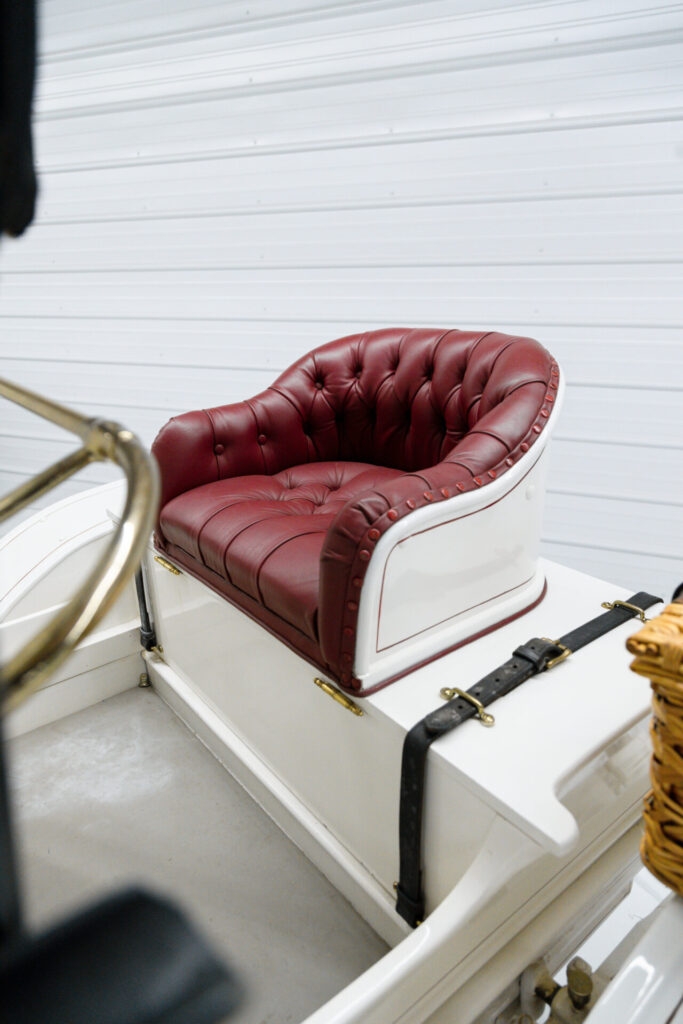
Photo credit – Good Vision Prod
By the turn of the 20th century, roads, road safety, gas stations and everything that we know today were yet to come. People’s attitude to the new “horseless carriage” was quite negative. Indeed, the new contraptions were loud, dangerous and complicated. When early enthusiasts started to adopt cars, it wasn’t uncommon to hear “Get a horse!” This exclamation or insult suggested that replacing the tried and true horses was a stupid idea. It would take decades to convince broader society of the usefulness of the automobile. It wasn’t always obvious that cars would be cleaner, easier and more efficient to use than horses.
The Obvious Explanation
There is also one more obvious or intuitive explanation as to why cars were called “horseless carriages.” Simply, they looked just like that! Be it runabouts or majestic high end cars, early automobiles looked like what you would attach to a horse for transportation. Even more, buggy makers and coachbuilders pivoted to produce their own version of a motorized car or to make custom coaches for high end cars.
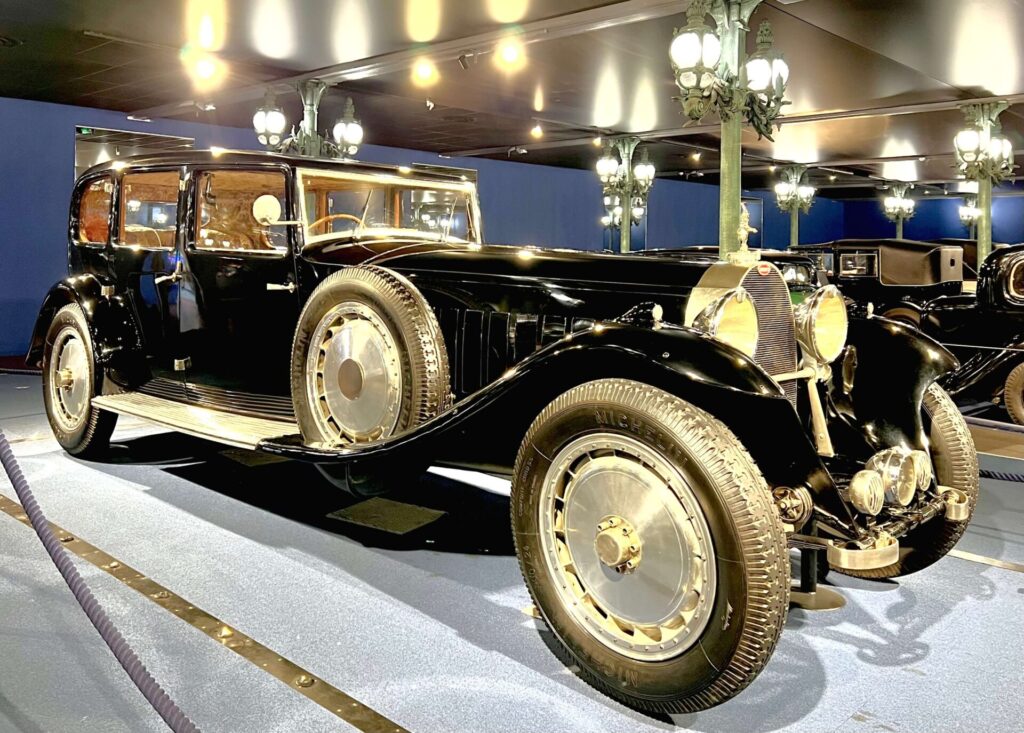
It’s what it looked like, but it is also what it was. It is said that front-mounted engines took the place of the horse. And when you look at a car of this period, you can easily picture where the horse ought to be. Plus, many carriage styles carried over to car production and body construction methods were virtually the same. This is even reflected in terminology. The words that describe cars today like cabriolet, sedan, coupé, limousine and phaeton are all words derived from the carriage-trade.
You can see examples of such cars in previous blog posts. The idea that the chauffeur would not be in a closed compartment like the passengers parallels the reality of horse-carriage drivers. They would have to maneuver the horses from an open-air platform while the passengers are sheltered from the wind and the rain in the cabin compartment. The 1928 Rolls–Royce is a good example. For a buggy example of the horse legacy, don’t miss next week’s blog post, where we’ll discuss a 1909 Schacht Model H.

Photo credit – Good Vision Prod
Where Did the Automobile Get Its Name?
In a 2010 Forbes article, Quentin Hardy discusses the advent of new, impactful technologies and our inability to name them. He makes a parallel between the introduction of Google Docs for collaborative work and the advent of the automobile as the “horseless carriage.” According to Hardy, when a new technology immerges, we are unable to name it as it is. So we named it as what it closely resembles coupled with a modifier. Like “wireless” phones becoming phones, cars were discussed as “horseless” carriages before being cars. The subtracting expression is a placeholder until we understand well and adopt the new technology, then we give it a proper name.
It is interesting to note that in 1895 the Chicago Times-Herald organized a contest to name this new horseless technology. The winner pocketed a $500 prize. Among thousands of entries, “motorcycle” won over “automobile.” It is clear today which word stood the test of time.
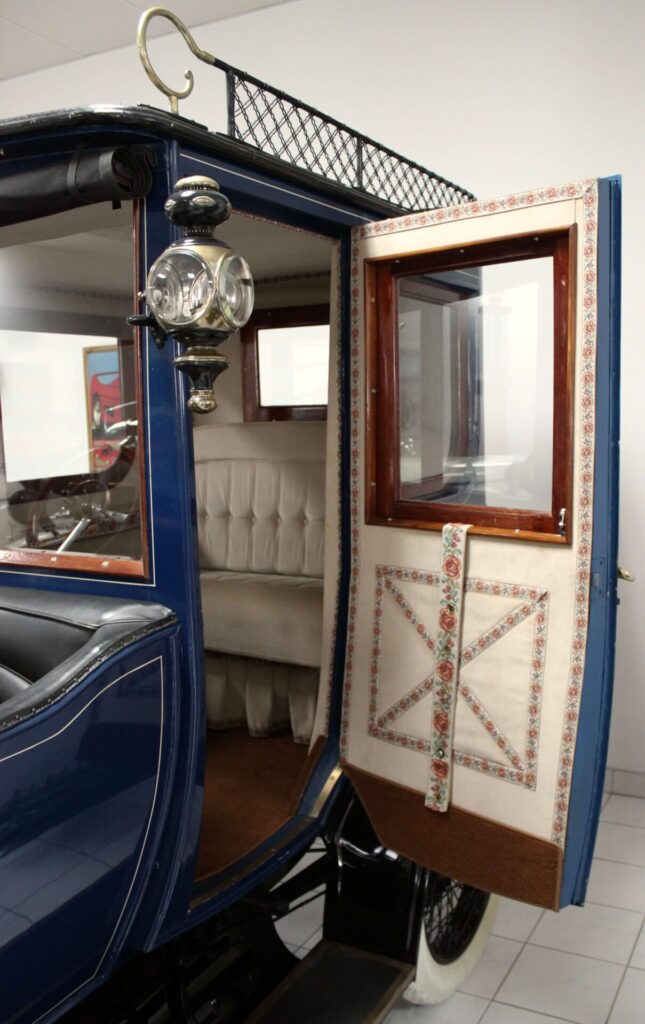
The Evolution of the Horseless Carriage
We believe that the biggest advancements in automobile technology happened before the first World War. Gas, electricity and steam powered carriages were produced up until that point. By the time car manufacturing resumed after the war, cars looked and worked pretty much the way they do today. Gasoline proved to be the energy of choice. Of course, many innovations were still to come, but we would recognize and drive the cars of the 1920s much easier than Benz’s weird tricycle or Cugnot’s land locomotive! By 1916, we weren’t talking about horseless carriages anymore. The car was standing on its own, even if we still measured its ability using horsepower!



